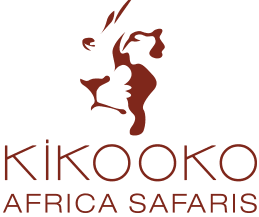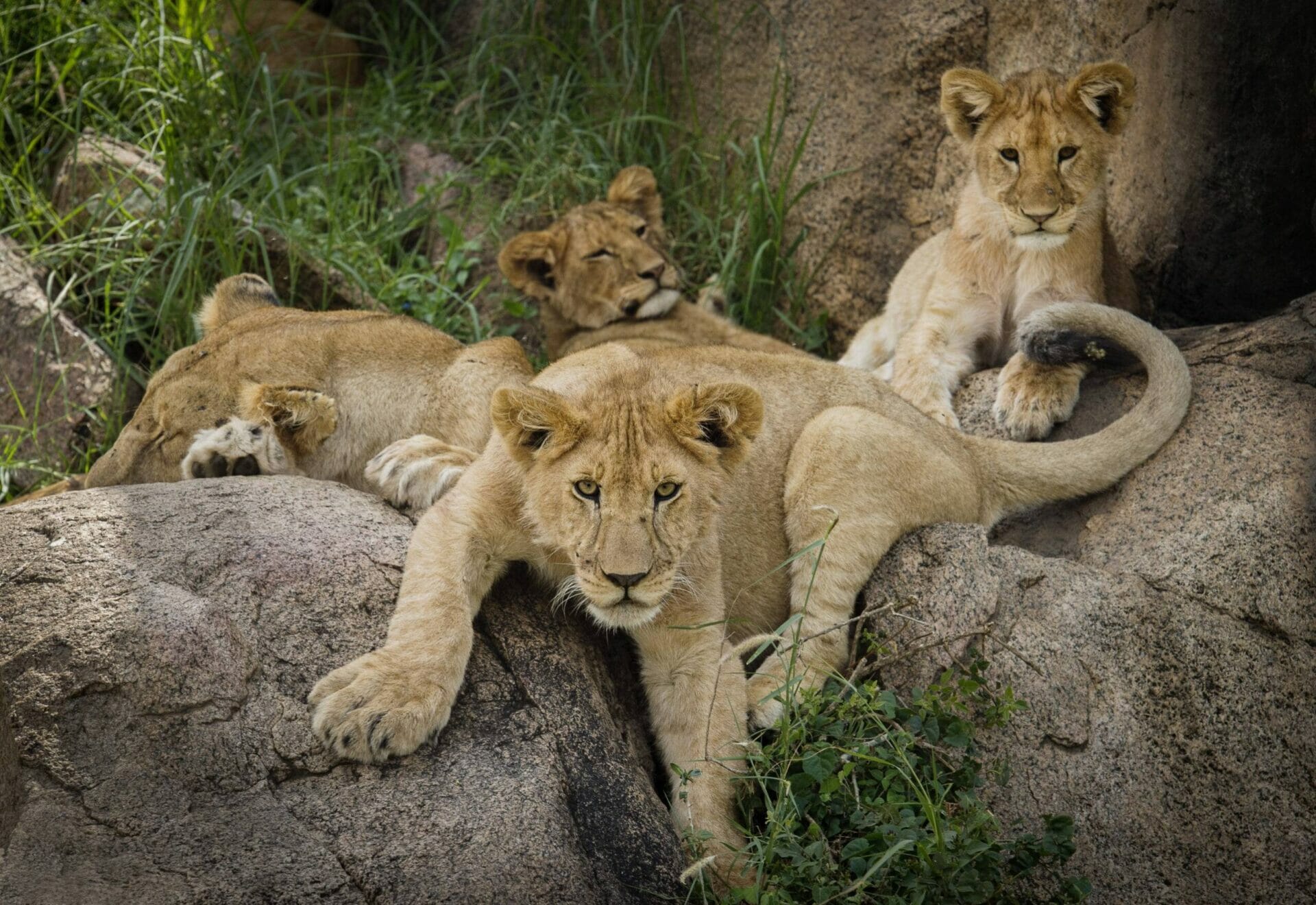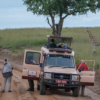First Safari Secrets: How To Plan Your First East Africa Safari
An East Africa safari is an experience like no other, and it’s no wonder that it’s one of the most popular tourist destinations in Africa.
Before we get started with the guide, allow us to introduce ourselves. We are Kikooko Africa Safaris, a boutique safari company located in Entebbe, Uganda. We have been designing and leading tailor-made tours throughout East Africa since 2013. It’s our absolute pleasure to be spending a few minutes with you today as you read through this guide planning your first East African Safari.
East Africa is home to some of the most diverse wildlife on the continent, including the big five (lion, elephant, leopard, buffalo, and rhino), as well as a wide variety of primates (like the incredible mountain gorilla), birds, and other animals. The region’s diverse landscapes, from savannah grasslands to tropical forests, provide the perfect habitat for a wide range of species.
In addition to its incredible wildlife, East Africa is also home to a rich cultural heritage, with many tribes and communities living in harmony with nature. Visitors can learn about the history and culture of these communities through visits to local villages, markets, and cultural sites.
This guide is designed to help you start planning your first safari in East Africa. We’ll cover everything from the best seasons to travel, how long to travel to get the most out of your time, which countries are best for wildlife viewing, and budgeting for your safari.
Our goal is to provide you with all the information you need to plan an unforgettable safari experience in East Africa.
So if you’re ready to experience the incredible wildlife, landscapes, and culture of East Africa, this guide is the perfect place to start. We hope it will be a helpful resource as you plan your trip, and that it will inspire you to experience the beauty and wonder of a safari in East Africa.
How To Choose When To Go On Safari
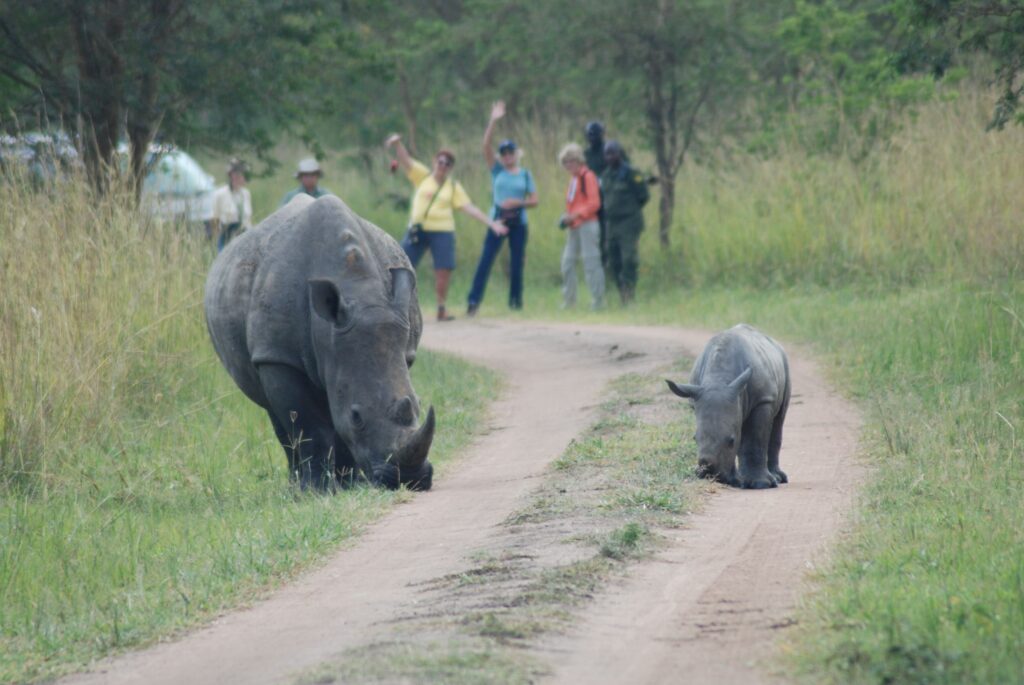
- The Best Seasons To Travel To East Africa
Weather conditions
East Africa has two main seasons: the long rainy season, also known as the long rains, which runs from March to May, and the short rainy season, also known as the short rains, which runs from October to December. The rest of the year is considered the dry season.
– The long rainy season can bring heavy rain and thunderstorms, which can make it difficult to access certain areas and may affect wildlife viewing. However, it is also the time when the grass is lush and green and new plant growth attracts a lot of herbivores, making it a great time for viewing big game.
– The short rainy season is usually less intense and less predictable, often with scattered thunderstorms. During this period, the grass is still green and the weather is mild, making it an interesting time for viewing wildlife as well.
– The dry season, which runs from June to September, and from December to February, is the most popular time to visit as the weather is dry and sunny, and the grass is short, making it easier to spot wildlife.
Wildlife viewing opportunities
The best time for wildlife viewing in East Africa depends on the type of wildlife you want to see and where you plan to go.
- For those interested in primates, such as mountain gorillas and chimpanzees, the dry season is the best time to visit as the vegetation is less dense, making it easier to spot them.
- For birding, the long rainy season is the best time as it’s the peak of the migratory season and the wetlands are full of water, attracting a wide variety of birds.
- For big game viewing, the long and short rainy season are great as it’s the time of plenty of food and water, making it easier to spot large herbivores such as elephants, buffaloes and zebras.
- For general wildlife viewing, the dry season is the best time as the weather is dry and sunny, the grass is short, making it easier to spot wildlife, and the animals congregate around water sources, making it easier to see them.
It’s worth noting that the weather conditions and wildlife viewing opportunities vary depending on the region within East Africa, and a local guide will be able to give you more specific information about the best time to visit the area you plan to visit.
How Long Should Your East African Safari Last
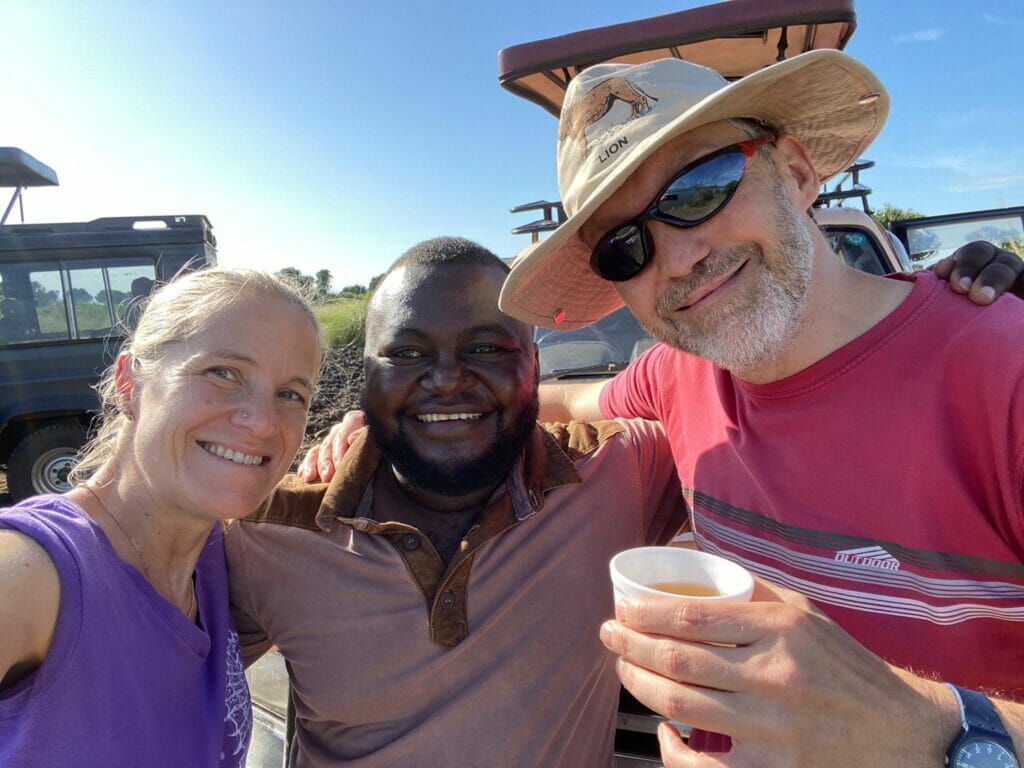
Itinerary length
The length of your safari in East Africa will depend on your interests, budget, and the amount of time you have available. A safari can range from a few days to several weeks.
- A short safari of 4-5 days – Ideal for those who want to experience a taste of East Africa’s wildlife and culture without committing to a longer trip. It’s often focused on one country and one or two major national parks.
- A medium safari of 7-10 days – This allows you to visit more than one country and national park, providing a more diverse experience. It’s a great option for those who want to see a variety of wildlife and landscapes.
- A longer safari of 14 days or more – With more than two weeks, you can fully immerse yourself in the East Africa experience, visiting several countries and national parks. It’s ideal for those who want to see as much as possible and are willing to invest the time and budget.
Mixing activities and relaxation
When planning your safari itinerary, it’s important to balance activities and relaxation. A safari can be a physically demanding experience, as long drives to remote locations and many hours on the move make planning for rest and relaxation a necessity..
A good safari itinerary should include a mix of wildlife viewing activities, such as game drives and guided walks, as well as cultural and historical excursions.
It’s also important to include time for relaxation, such as a leisurely lunch, a swim in the pool, or a spa treatment. This will help you to recharge and enjoy the safari experience to the fullest.
Choosing Where To Safari In East Africa

Wildlife Viewing Opportunities:
East Africa is home to some of the most diverse wildlife on the continent, including the big five (lion, elephant, leopard, buffalo, and rhino), as well as a wide variety of primates and birds. Each country in East Africa offers different wildlife viewing opportunities.
- Kenya is known for its wildlife viewing, including the big five and large herds of wildebeest and zebras during the wildebeest migration. It’s also home to several national parks, such as the Maasai Mara, Amboseli and Tsavo.
- Tanzania is another great option for wildlife viewing, with the famous Serengeti National Park, Ngorongoro Crater, and the Selous Game Reserve, where you can see the big five as well as primates, birds and other wildlife.
- Uganda is particularly famous for its primate viewing, including gorillas and chimpanzees. It’s also home to the Bwindi Impenetrable National Park and Murchison Falls National Park, where you can see a variety of wildlife.
- Rwanda is celebrated for its gorillas, and it’s home to the Volcanoes National Park which is one of the best places in the world to track gorillas.
As Uganda safari specialists, we are most experienced in Uganda, Rwanda, and Tanzania. Still, we are fans of our whole region. Here is a bit more information about what each of East Africa’s countries is known for.
- Burundi: Lush hills, waterfalls, and traditional culture
- Comoros: Volcanic islands and unique blend of Arab, African, and French cultures
- Djibouti: Unique desert landscapes and wildlife, including the endangered dik-dik antelope.
- Ethiopia: Ancient history, diverse cultures and religions, and its rich wildlife such as the Ethiopian wolf and Ethiopian bushbuck
- Eritrea: Red Sea beaches and coral reefs, as well as its rich history and culture.
- Kenya: Wildlife viewing, including the big five and wildebeest migration, as well as its diverse cultures and landscapes
- Rwanda: Gorillas and chimpanzees, as well as its beautiful landscapes and rich culture
- Seychelles: Pristine beaches, coral reefs, and unique wildlife such as the giant Aldabra tortoise
- Somalia: Ancient culture, including the historic cities of Mogadishu and Laas Geel, as well as its diverse landscapes and wildlife, such as the endangered Somali wild ass.
- South Sudan: Rich wildlife, including elephants, lions and crocodiles, as well as its cultural heritage and diverse landscapes.
- Sudan: Ancient history and culture, including the pyramids of Meroe, as well as its diverse wildlife and landscapes.
- Tanzania: Wildlife viewing, including the big five and wildebeest migration, as well as its diverse cultures and landscapes
- Uganda: Primate viewing, including gorillas and chimpanzees, as well as its diverse wildlife, landscapes and cultures.
What To Budget For Your Safari
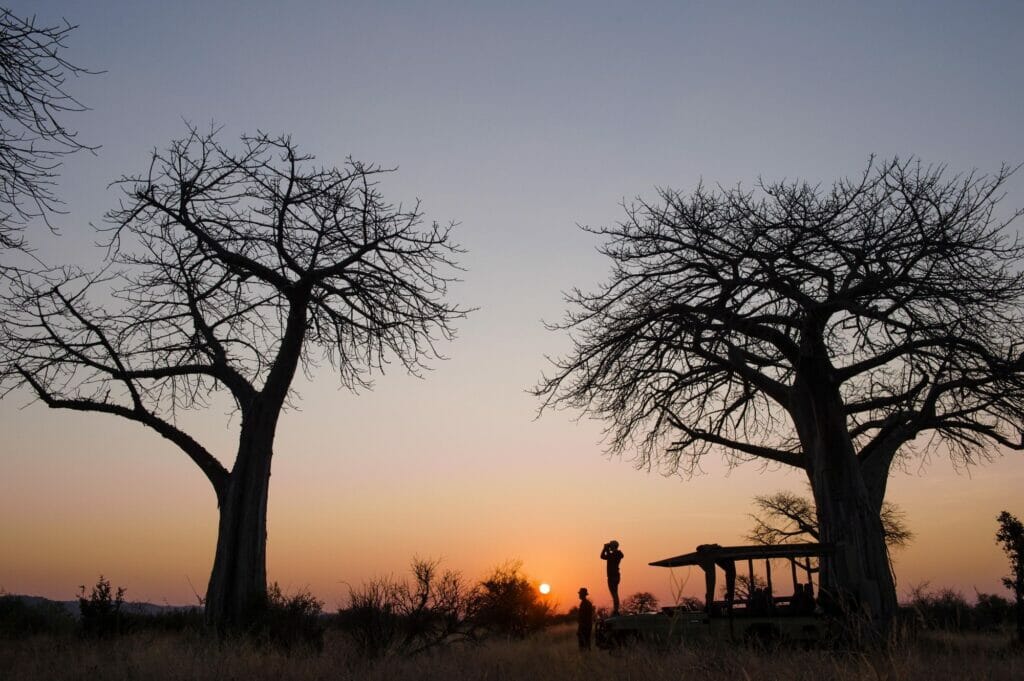
Planning a safari in East Africa is slightly different from planning vacations and trips to other places around the world. It’s often the case that you’ll need to agree to a safari package before you go.
There are a few reasons for this. Independent travel is often more difficult and more expensive in East African countries. While there are buses and other forms of public transportation, they may not take you exactly where you’d like to go. And having local contacts can help you handle all of the details ahead of time so you can focus on enjoying the trip.
With that said, these are a few of the common factors that affect a safari budget.
- Types of Accommodation: The cost of accommodation is one of the biggest expenses on a safari. There are a variety of accommodation options available to suit different budgets, from luxury lodges and tented camps to budget-friendly guesthouses and camping.
- Luxury lodges and tented camps offer the ultimate safari experience, with comfortable accommodations, fine dining, and a wide range of activities and excursions. They are usually the most expensive option.
- Mid-range accommodations such as guesthouses and lodges offer a comfortable base for your safari, with private rooms and en-suite bathrooms. They are usually less expensive than luxury accommodations, but still offer a high level of comfort.
- Budget-friendly accommodations such as camping and budget lodges offer a more basic level of comfort, but they are the most affordable option.
- Transportation: The cost of transportation is another significant expense on a safari. There are a variety of transportation options available, from self-drive to guided tours, each with its own set of costs and benefits.
- Self-drive safaris allow you to explore at your own pace and can be a more affordable option, but you’ll need to factor in the cost of renting a vehicle and fuel.
- Guided tours usually include transportation and are a more expensive option, but they also provide a more comprehensive experience, with the services of a guide and a driver.
- Additional Activities: There are a variety of additional activities and excursions that can be added to your safari itinerary, such as hot air balloon rides, boat safaris, and cultural tours. These activities and excursions can add to the cost of your safari, but they also add to the overall experience. It’s important to consider which activities and excursions you would like to do and factor the cost into your budget.
Sample Budgets For An East African Safari
So, what should you keep in mind as you put together your budget? Here are some general figures. As a reminder, average costs per person tend to drop when you add more people to a trip, as fixed costs like vehicle rentals and gasoline can be shared.
- Budget safari: A budget safari in East Africa typically costs about $100-$150 per day, per person. This type of safari would likely include budget-friendly accommodations such as camping or budget lodges, and transportation by self-drive or public transport. It may also include a guided safari or game drive.
- Mid-range safari: A mid-range safari in East Africa typically costs between $150-$300 per day, per person. This type of safari would likely include mid-range accommodations such as guesthouses or lodges, and transportation by private vehicle or guided tour. It may also include additional activities and excursions such as cultural tours or boat safaris.
- Luxury safari: A luxury safari in East Africa typically costs over $300 per day, per person. This type of safari would likely include luxury accommodations such as lodges or tented camps, and transportation by private vehicle or guided tour. It may also include additional activities and excursions such as hot air balloon rides or spa treatments.
Please note that these are just rough estimates and prices can vary depending on the location, time of year, and specific activities and excursions included. It’s also worth noting that some safari packages can be all-inclusive and include accommodation, transportation, meals, and activities, while others are a la carte and you pay for each service individually.
Group safaris vs tailor-made safaris

There are two main ways to enjoy safaris in East Africa. One is by joining a pre-scheduled group safari. Another is by working with a boutique tour operator. There are advantages to each, and we’re sharing a few of those for you here.
Group safaris:
Pros:
- Can be more affordable than individual safaris as the cost is shared among the group.
- They offer a social experience, allowing you to meet new people and make friends.
- They usually have a set itinerary, which can be helpful for those who are not confident in planning their own trip.
- They often provide access to areas and activities that may be difficult or too expensive for an individual traveler.
Cons:
- Not be as flexible as individual safaris, and you may have to compromise on your preferences and interests.
- The pace of the safari may be determined by the group, rather than your individual preferences.
- You may have less control over your schedule, and some activities may not be of interest to you.
- Group sizes can vary, but usually, they are around 6-12 people, which can sometimes be too big for some people.
Tailor-made individual safaris:
Pros:
- They offer complete flexibility, allowing you to tailor your itinerary to your preferences and interests.
- You have complete control over your schedule and can go at your own pace.
- You can choose your accommodation, transportation, and activities based on your budget and preferences.
- They allow you to have a more private and intimate experience.
Cons:
- They are usually more expensive than group safaris, as the cost is not shared among a group.
- They require more planning and research
- They may not provide the same social experience as a group safari, for those who enjoy meeting new people and making friends.
It is worth noting that both group safaris and tailor-made individual safaris have their own advantages and disadvantages, and the best choice will depend on your individual preferences, budget, and travel style. A local travel agent or tour operator can help you to weigh the pros and cons of each option and create a safari itinerary that meets your needs and preferences.
We’ll See You In East Africa

A safari in East Africa is a once-in-a-lifetime experience that offers visitors the opportunity to see some of the most diverse and spectacular wildlife on the planet, as well as the chance to learn about the rich culture and history of the region.
When you’re ready to plan your safari to East Africa, Kikooko Africa Safaris can help you create a personalized itinerary that meets your specific needs and preferences.
With years of experience in organizing safaris to Uganda, Rwanda, and Tanzania, Kikooko Africa Safaris can help you plan a safari that will be an unforgettable experience. Contact Kikooko Africa Safaris today to start planning your dream safari in East Africa.
